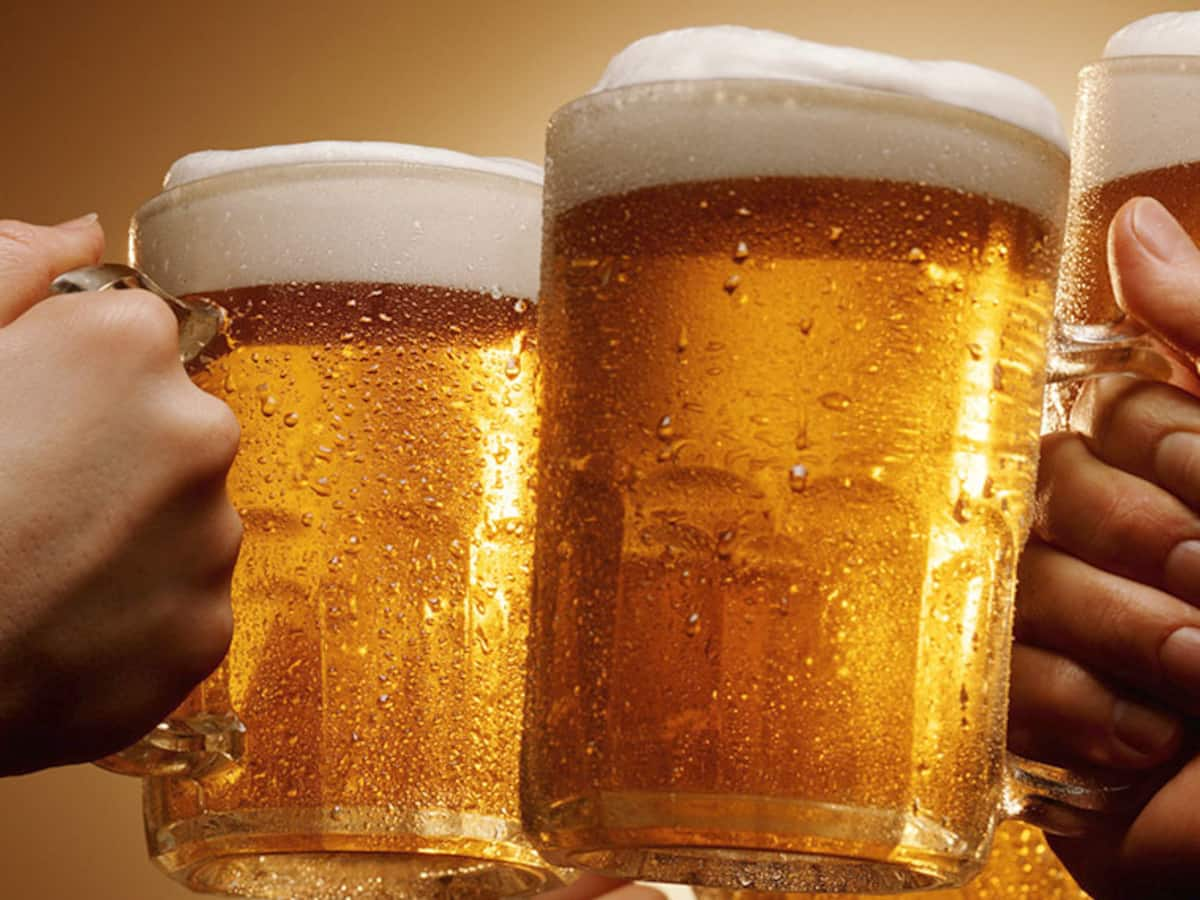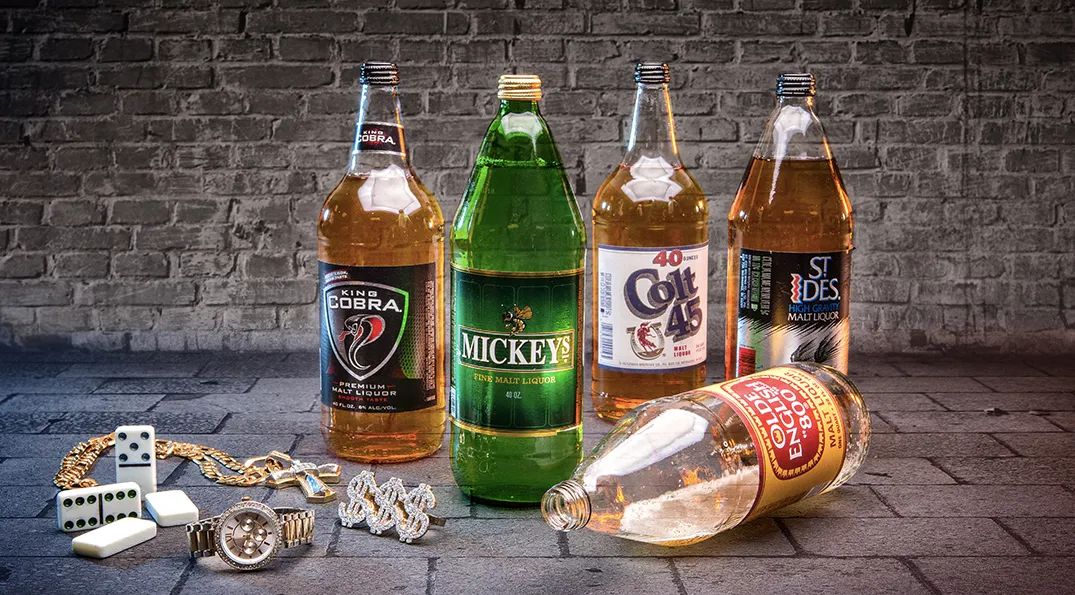In the vast and diverse world of alcoholic beverages, few debates have been as enduring and contentious as the one surrounding malt liquor versus beer. For generations, these libations have stood as iconic symbols of social gatherings, celebrations, and moments of relaxation, captivating the palates and preferences of millions across the globe.
Despite sharing a common origin in brewing, malt liquor, and beer have evolved into distinct categories, each possessing its captivating array of flavors, aromas, and alcohol content.
Let us raise our glasses and embark on this intriguing exploration into the realm of malt liquor and beer, where tradition, innovation, and taste collide to create a tapestry of libation wonder.
Table of Contents
ToggleTaste Showdown: Beer Vs Malt Liquor
The distinction between malt liquor and beer taste lies at the heart of their appeal, captivating the taste buds of discerning drinkers in unique and intriguing ways. Malt liquor, renowned for its robust and potent character, delivers a more intense and pronounced flavor profile than traditional beer. With a higher alcohol content and a focus on malt sweetness, malt liquor often showcases a bolder and sweeter taste, occasionally accompanied by a slightly boozy aftertaste.
The deep hues of amber or gold contribute to its allure, hinting at the complex caramel and toasty notes that dance on the palate. On the other hand, with its rich and varied styles, beer embodies a vast spectrum of tastes, allowing enthusiasts to explore a world of flavors ranging from crisp and refreshing to complex and malty, hoppy, or fruity, depending on the chosen type. Lager beers offer a smooth and clean profile, while ales present a broader array of tastes, frequently highlighting the bitterness of hops or the delicate sweetness of the malt.
These distinct flavor profiles stem from the diversity of ingredients, brewing techniques, and fermentation processes used in crafting each libation. Ultimately, the choice between malt liquor and beer taste becomes a matter of personal preference, with malt liquor delivering a bold and potent experience and beer offering a more nuanced and diverse journey for the taste buds.
Unraveling the Ingredients of Beer and Malt Liquor
Beer and malt liquor brewing relies on distinct ingredients, each contributing to the unique characteristics that define these libations. Water, malted barley, hops, and yeast are the main components of beer.
Malted barley, a crucial source of fermentable sugars, lends beer its color, body, and malty sweetness. Hops, on the other hand, add bitterness, aroma, and flavor, balancing out the sweetness of the malt.
The type and quantity of hops used contribute to the various beer styles, ranging from the floral and citrusy notes of hoppy IPAs to the subtle bitterness of lagers. Yeast, the magical microorganism responsible for fermentation, transforms sugars into alcohol and carbon dioxide, shaping the beer’s final alcohol content and carbonation level.
On the other hand, malt liquor showcases a slightly different ingredient profile, emphasizing certain aspects to achieve its characteristic potency. While water, malted barley, hops, and yeast may still be used, malt liquor often incorporates adjunct grains like corn or rice. These adjuncts boost the fermentable sugars and fermentability of the wort, leading to a higher alcohol content than traditional beer.
The Caloric Clash: Beer vs. Malt Liquor

There are significant differences to consider regarding the caloric content of beer versus malt liquor. Generally, beer tends to be lower in calories compared to malt liquor. The caloric content of beer can vary depending on its style, alcohol content, and ingredients, but in most cases, it contains fewer calories than malt liquor.
A standard 12-ounce serving of beer typically ranges from around 90 to 150 calories. Light beers, in particular, are designed to be lower in calories and often contain around 90 to 100 calories per 12-ounce serving.
In contrast, malt liquor, with its higher alcohol content, tends to pack more calories into each serving. Depending on the brand and specific formulation, a 12-ounce serving of malt liquor can range from around 150 to 250 calories or even more. Adjunct grains like corn or rice, which boost the fermentable sugars in malt liquor, can contribute to its higher caloric content than traditional beer.
Moderation is essential for controlling calorie intake when consuming any alcohol-based drink. While beer may generally have fewer calories per serving, consuming larger quantities can still contribute to caloric intake. On the other hand, malt liquor’s higher caloric density means that even smaller servings can add up quickly.
Which One Is Healthier?
Regarding health, beer is generally considered healthier than malt liquor. Malt liquor frequently has more calories and alcohol per serving than beer. A lower risk of heart disease has been linked to moderate beer drinking, among other potential health advantages.
On the other hand, malt liquor’s higher alcohol content and caloric density make it easier to consume larger quantities, increasing the risk of negative health effects, such as intoxication and its associated risks.
Which One Gets You Drunk Faster?
Malt liquor gets you drunk faster than regular beer due to its higher alcohol content. It typically has a higher alcohol by volume (ABV) than standard beers, which means it contains more alcohol per volume of liquid. As a result, consuming malt liquor in the same amount as beer will result in consuming more alcohol.
This increased alcohol concentration can lead to a quicker onset of intoxication and impaired judgment, making it important to exercise caution and drink responsibly with either beverage.
Which One Is More Expensive?
The cost difference between malt liquor and beer can vary depending on various factors, including the brand, region, and local market conditions. Generally, malt liquor is often more affordable than craft beers or specialty brews due to its lower production costs, especially when made with adjunct grains.
On the other hand, certain premium or imported beers may have a higher price point than some malt liquor brands. However, there are multiple exceptions to this general rule. Standard beers and mass-produced lagers can often be competitively priced with malt liquor.
Conclusion
The age-old debate between malt liquor and beer has provided us with a fascinating exploration of two beloved libations that have shaped cultures and societies worldwide. While beer offers diverse flavors, styles, and traditions, malt liquor stands out with its boldness and higher alcohol content.
Every beverage has unique characteristics that suit a range of tastes and preferences. When deciding between the two options, factors such as ingredients, flavor profiles, calories, and cost must all be taken into account. Ultimately, the decision between malt liquor and beer boils down to individual preferences, occasions, and personal enjoyment.

I am a passionate beer connoisseur with a deep appreciation for the art and science of brewing. With years of experience tasting and evaluating various beers, I love to share my opinions and insights with others and I am always eager to engage in lively discussions about my favorite beverage.

















